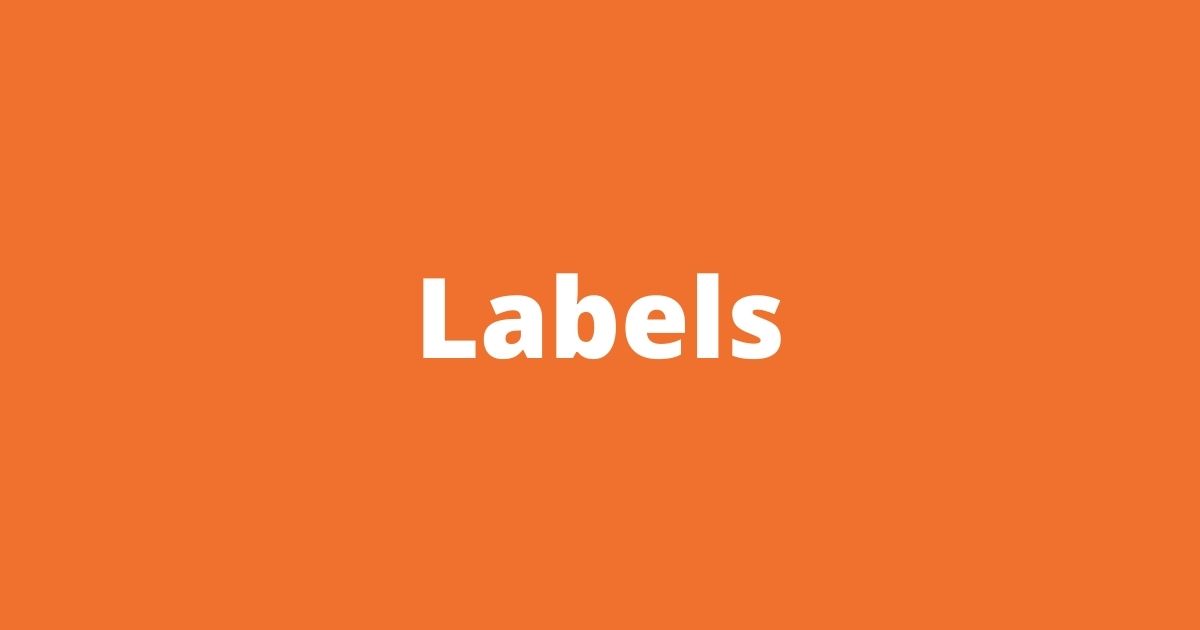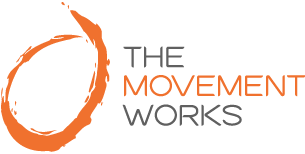Labels searching for the 'cause'
... and then not finding a solution...

Finding a solution for ongoing pain is not easy, despite modern medicine.
Take low back pain…
- Less than five to 10% of all back pain is due to a specific underlying pathology
- The remaining 90 to 95% has no indication of a serious cause
- The 5-10% - this is what health professionals look for in the triage system (and less than 1% have very specific pathology example a fracture or an infection) [1].
And there is a fair bit of discussion as to whether imaging may do more harm than good when serious conditions aren't suspected. And may even prolong recovery.
Imaging doesn't often help find the root cause of back pain because the cause cannot usually be seen on imaging. Many 'changes' are often seen on imaging. And that's normal and more common the older you get!
So imaging is valuable to rule out serious pathology but not to label something that may or may not be the 'source' of the pain. [2]
So if your scan has ruled out serious pathology, you have a label but no solution - there is hope. Michele found a solution…
When Michele got in touch with me she knew she had a disc problem because she had seen the report of her scan.
She had the image clearly in her mind and despite various treatments the ongoing pain persisted. Particularly after a long day at work, which often involved lots of sitting. She was resigned to the fact that her pain was coming from her disc.
The 'disc' wasn't getting any better.
She told me the MRI showed her disc wasn't like new and there was lots of degeneration.
But what if the pain wasn't coming from her disc? We explored other things that could be contributing to her pain
... stress and a heightened response in the nervous system
... alignment, balance and the way she moved - patterns of movement she had developed over the years.
Michele knew stress, prolonged sitting and long days were contributing towards the problem. But was unsure how tackling these issues would affect the main problem... the disc.
She put her doubts aside and decided to work with me. Together we untangled the triggers maintaining her pain and focused on two main areas:
- restoring healthy movement patterns - to move more efficiently at the part of her back that hurt - rebalancing and
- working on the mind body connection to rewire the brain and nervous system to recalibrate the pain.
Both of these strategies are science based and proven to move people away from ongoing pain.
Now Michele has moved away from pain, and the disc is no longer top of mind. She's out walking the dog, doing a full day's work and is confident about the future.
So if your scan has ruled out serious pathology, you have a label but no solution - there is hope. Michelle found a solution - you could too.
Contact me and we can set up a call and talk about labels
[1] Hall A, et al., Do not routinely offer imaging for uncomplicated low back pain BMJ2021
[2] Jenkins H et al., Using behaviour change theory and preliminary testing to develop an implementation intervention to reduce imaging for low back pain. BMC Health Serv Res 2018
